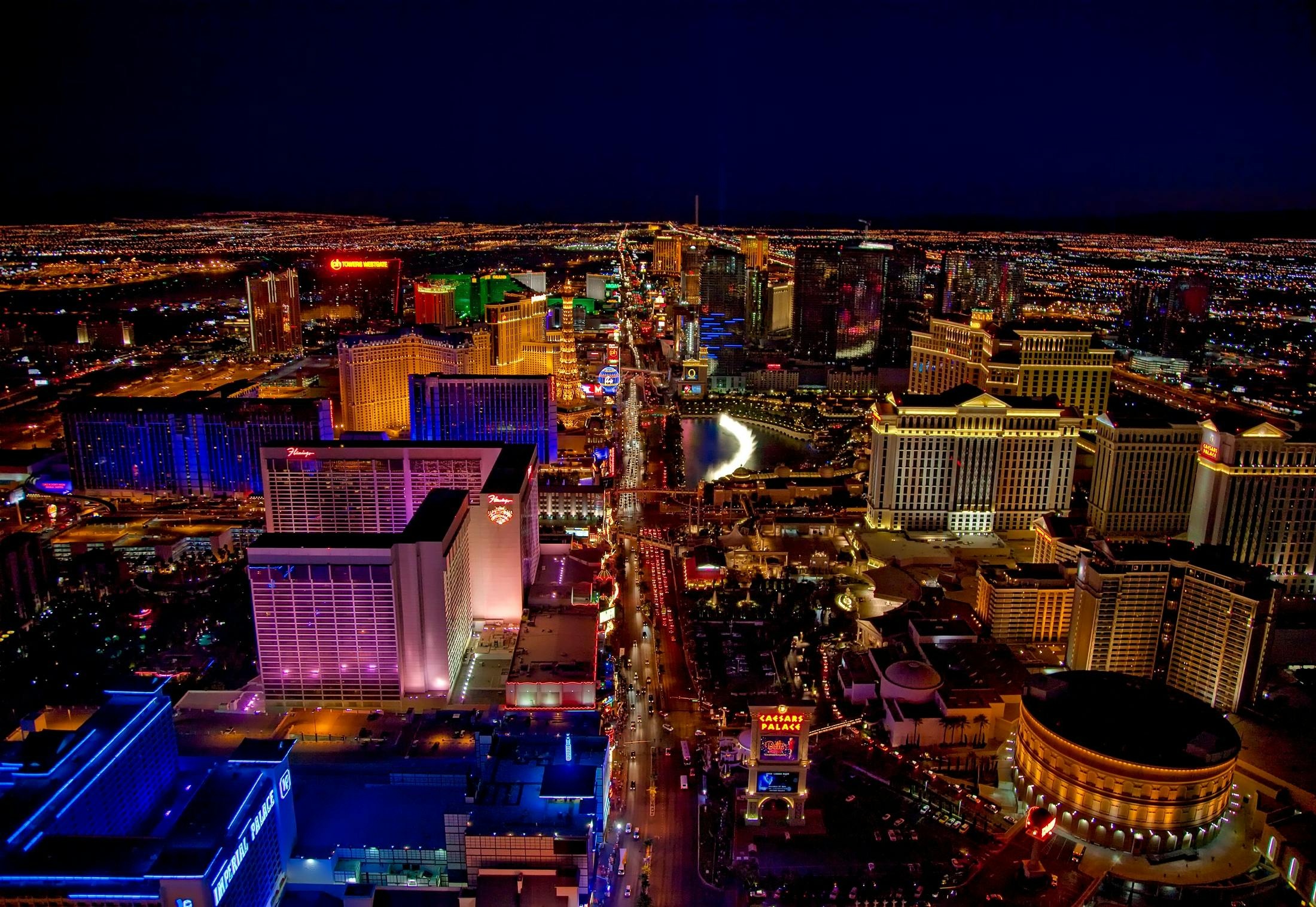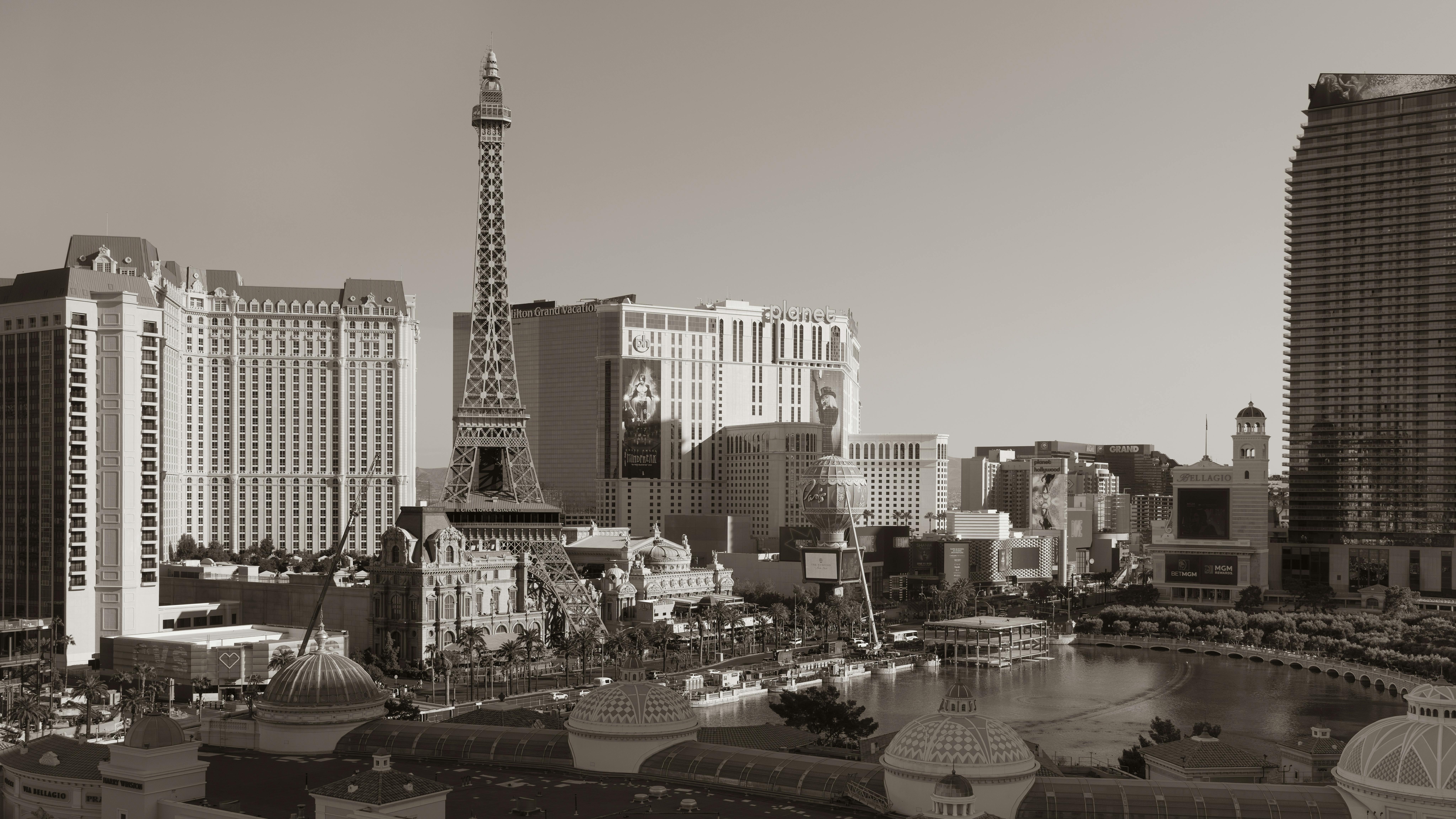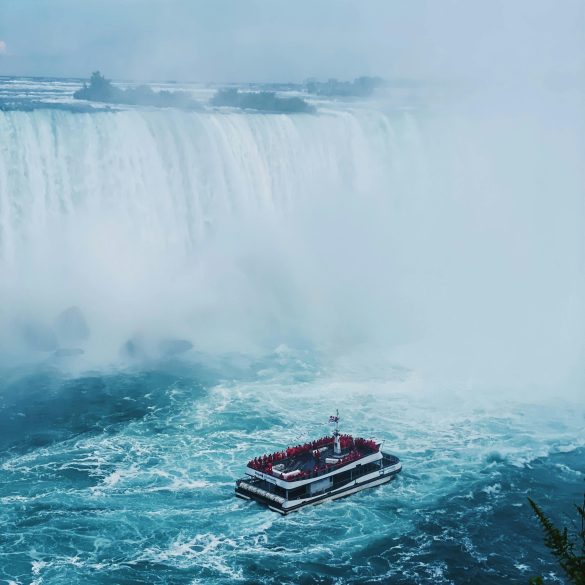How Las Vegas Came to Life: The Surprising Story Behind Sin City’s Rise
Picture it: barren land, scorching sun, a thread of track slicing through infinite tumbleweed. Hardly anyone would believe, standing in the dry, cryptic basin of the Mojave (back in 1900 or even as late as 1920), that these craggy sands were about to erupt with neon, crowds, and some of the wildest ambition the American West had ever seen. Yet, here we are—Las Vegas. People joke it’s the city that never sleeps, but honestly, that barely scratches the surface. How did this bright fever-dream spring to life in the desert? And why has “how Las Vegas came to life” become a question that still manages to surprise even jaded travelers?
I’ll be honest: Even after a decade of visiting Vegas for conferences, reporting stints, and once—bizarrely—for a wedding that almost didn’t happen (don’t ask)—I’m still staggered by the scale of its transformation. We’re talking about a city that, in less than a human lifetime, went from dirty railroad stop to global synonym for spectacle, sin, and reinvention. What’s even more remarkable? Most of the stories you hear at the poker table are just the tip of the iceberg.
From Oasis to Railroad Stop: The Roots of Las Vegas
Ever wonder why anyone even bothered to put a city here? The answer isn’t just luck—it’s water. Seriously. A string of springs (the Spanish called them “Las Vegas,” or “the meadows”) turned this dry stretch into a rare, green reprieve along old routes connecting Salt Lake City to Los Angeles1. Native peoples, Spanish traders, Mormon scouts—everyone needed water, so everyone passed through.
Yet, for centuries, there was little more than a smattering of settlements, a Mormon fort, and not much commerce. It’s bizarre to think now, as neon billions flicker atop the Strip, that these same meadows almost disappeared entirely in the late 1800s—a victim of drought and shifting trade routes. So what changed? Railroads. That’s the first big plot twist in the “how Las Vegas came to life” story.
When the San Pedro, Los Angeles & Salt Lake Railroad (later Union Pacific) built through here in 1905, entrepreneurs snapped up land. Suddenly, you’ve got a townsite auction: 110 acres, crates of cash, and a dozen saloons basically overnight2. By May 15, 1905, Las Vegas was officially on the American map.
Las Vegas sits in Clark County, NV, but the city itself wasn’t even incorporated until 1911. For years, its identity shifted with every passing railroad, rancher, and prospector.
A City by Design: Incorporation and Early Days
Here’s something people miss: Las Vegas was no sleepy frontier town. The city’s 1911 incorporation wasn’t just paperwork—it was an early bet on growth and legitimacy. City planners and boosters knew the railroad brought opportunity, but only with tight control could the place avoid descending into lawless chaos3. I remember combing through local archives during a reporting project back in 2017; the founding charter is full of rules for vice and order, but also a wild optimism you simply don’t see in most municipal documents.
Meanwhile, the city’s earliest decades were a tug-of-war between unsanctioned saloons, brushfire gambling, and fits of “respectable” civic activity. In practical terms, that meant brief crackdowns alternating with boomlets—think mining rushes, failed resorts, failed rail depots—before Las Vegas found its true calling. The key takeaway, at least for me? Vegas has always lived on the edge of risk and respectability.
The Hoover Dam Gamble: The First Boom
I’ll admit, I used to believe Vegas only took off after the Mob arrived. But, actually, the city’s first population explosion was thanks to the New Deal and Hoover Dam. Construction began in 1931, and overnight thousands flooded into “Sin City” for jobs and, inevitably, forbidden fun4. As I learned chatting with a UNLV civic historian, government planners actually leveraged Vegas’s strategic “vice licensing”—with gambling legalized, prohibition ending, and casinos soon sprouting on Fremont Street.
That 1930s/40s boom? It’s really about the classic American interplay of hard infrastructure and soft indulgence. Housing rose, businesses flourished, population numbers quadrupled—all during a period when most of the country was struggling to stay afloat.
Hoover Dam transformed Las Vegas by bringing employment, infrastructure, and a steady influx of workers, allowing casinos, hotels, and new businesses to thrive amid the Great Depression.
| Year | Population | Main Industry | Key Development |
|---|---|---|---|
| 1905 | ~800 | Railroad | Townsite Auction |
| 1930 | 5,000 | Construction | Dam Planning |
| 1940 | 8,400 | Gaming, Tourism | First Casinos |
Mobs, Magnates, and “Glitter Gulch”: Vegas in the ’40s and ’50s
Okay, let’s get candid. The Mob didn’t “invent” Las Vegas, but they definitely injected adrenaline into its pulse. The 1946 opening of the Flamingo Hotel by Bugsy Siegel—complete with Hollywood glitz and mob cash—heralded a new age for the city. What really got me, after a day spent at the Mob Museum downtown, is how openly the newspapers of the time reported on these players. “Colorful underworld figures” were almost treated as local celebrities5.
- Mob-backed casino palaces on the Strip
- Inglewood gaming operations shifting to corporatized models
- Rise of “showrooms” as cross-promotion with Hollywood
If there’s one point I can’t stress enough: The Mob’s tenure is only half the story. Right alongside illicit power brokers, corporate money was quickly taking over by the early 1960s. The legacy, though? That’s for another section.

Atomic Age and the Mirage of Modernity
Next up: the ‘Atomic City’ years. And this is where things get weird—truly. Picture yourself in the early 1950s. Visitors lined the Strip’s rooftops, cocktail in hand, to watch distant atomic blasts from nuclear tests out at the Nevada Test Site6. Only in Vegas, seriously. I’ll admit, I’ve spoken to a handful of locals (now in their 80s) who remember those days, and there’s a surreal nostalgia there—almost pride, but also disbelief that mushroom clouds were once tourism draws.
Simultaneously, new work from local architects and investors (including the legendary “Motel Row” on Fremont) created a kind of living laboratory for kitsch and innovation. Neon signs, car-centric layouts, ever-bigger hotels—the city embodied postwar America’s love affair with the future7.
The Strip Takes Over—and Reinvents Entertainment
I need to clarify something: The Strip isn’t technically inside Las Vegas city limits—it’s in Clark County. But in every way that matters, the Las Vegas Strip is Las Vegas. Throughout the 1960s and ’70s, the legendary highway transformed out of all recognition. Massive resorts, celebrity headliners, theme hotels—the formula was simple, but the spectacle was global. Walking that gaudy corridor for a travel piece in 2014, I remember being floored by the mix of pure bravado and calculated engineering.
- Sahara, Flamingo, Tropicana—pioneering the casino-resort hybrid
- Megaresorts (Caesars, MGM Grand) pushing scales never seen before
- Corporate takeovers (Hilton, Howard Hughes) end Mob era by 1970s
Ever notice how hotels here never stop reinventing themselves? That’s not a coincidence. The city purposely encourages reinvestment, constant upgrade, and—yes—implosions of the “old” to make way for the new8. It’s a masterclass in urban adaptation.
| Decade | Signature Development | Major Impact | LSI Keyword |
|---|---|---|---|
| 1950s | Neon Expansion | Nationwide attention | Las Vegas neon history |
| 1970s | Corporate Takeover | Mob decline | Las Vegas corporate era |
| 1990s | Megaresort Building | Explosive growth | Las Vegas megaresorts |
Beyond Gambling: Vegas Diversifies
What’s really exciting (at least for urban studies nerds like me) is how Vegas leaned into every “boom” without losing its core DNA. After the casino/tourism surge, city leaders and investors prepped for the future. They went all-in on conventions, family resorts, even pro sports. Talking with event managers at the Las Vegas Convention Center in 2019, I was surprised—off strip business now accounts for nearly half the city’s visitors9.
- UNLV and education as growth engines
- High-tech arenas (eSports, hockey, NFL)
- Fine dining, luxury shopping as main draws
The modern Las Vegas story—especially since the 2008 financial crash—has been about flexibility, sustainability, and surprise reinvention. And, yes, sometimes wild risks that fail. (Remember the short-lived CityCenter bubble?) There’s something human about a city willing to keep betting, often audaciously, on its own capacity to adapt.
Legacy, Myth, and What’s Next
So, after all the dust and lights, how do we answer, “How did Las Vegas come to life?” My honest take, after years of research and (admittedly) more than a few slot machine losses: Las Vegas is what happens when you combine natural geography, timing, audacious vision, and a willingness to break every rule—again and again. It’s not the city’s “secrets” that matter most; it’s the determination to keep reinventing, even when the odds are famously against you.
Walking the Fremont Experience at midnight, hearing street performers, blackjack dealers, influencers streaming live: that’s when I realize this city is less a finished place, more a living experiment. It’ll never be perfect. But that’s part of the point. Vegas is about imagining new possibilities—in business, in art, in sheer spectacle—long before anyone else can see them.
If you take anything from this story, let it be this: Cities aren’t just built on concrete and cash—they’re born of risk, belief, memory, and, sometimes, just plain luck. Las Vegas is living proof. Where it goes next? Still anyone’s guess.



